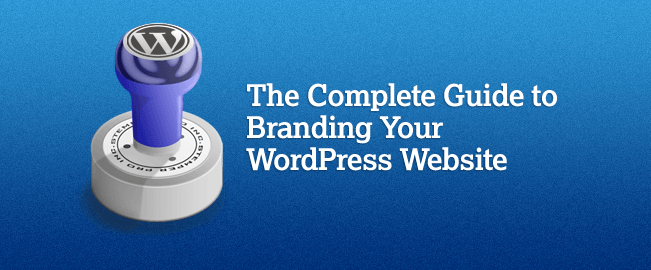Personal brand is similar to your “reputation” and indicates how others perceive you – i.e. they want to know who are you, what you offer, whether you are trustworthy, an expert, or a genius?
If you’ve been active on your business for a while, then you probably have already developed some sort of personal brand for yourself, without even realizing it, especially when people already know your name, what you offer, and stand for.
But if your personal brand is WEAK or UNORGANIZED, you need to take proper steps to truly stand out from the crowd.
You will need to make it STRONGER, UNIQUE, and MEMORABLE in people’s mind.
Brand Yourself
Just think about Coca cola, Apple, Dell, Microsoft, and Facebook for example. They have a formidable brand, don’t they?
Don’t get overwhelmed. I am not asking you to compete with these guys, but if you consider your personal brand is not very popular, this guide will give you tools and key components of a SUCCESSFUL and STRONG brand.
5 Simple Ways to Build a STRONG & FORMIDABLE Brand:

1. Consider Brand as an Investment
Your personal brand will help to add value to each new project you create. It has the potential to last longer than your own lifespan. It’s that important!
If people feel connected, or can relate with what you’re saying, then undoubtedly, they’ll follow your brand automatically, from one project to another. If your audience supports you, you’ll less likely struggle launching new projects as you do NOT have to start from scratch – your personal brand takes care of it all.

2. Set up a Blog/Site that is all about YOU
We don’t care if it’s your first priority, or a second priority. Setting up a blog/site will give you a wonderful opportunity to develop a STRONGER relationship with your clients. Follow these content tips:
-
Include a mini-bio at the end of each post.
-
Create an “About” page and make it unique and personal and talk about your ideal brand.
-
People may forget most things about you, but they remember personal stories about you.
In addition, STOP being business-oriented for a minute, and FOCUS on telling interesting stories about yourself, and your future visions so that people can quickly relate with you.

3. Be ubiquitous WITHOUT trying hard
To make your online presence felt everywhere, participate in social media, online forums, guest blogging, and other sources WITHOUT going overboard.
If people will hear your name enough, they will definitely want to know MORE about you (it may not happen the first time, or on the second time, or even the third, but they will eventually click that button).

4. No Matter What, Keep Your Brand Fresh
If people sense you are repetitive or going stale as you promote the same business idea that was once a phenomenon, then its high-time you add something new to keep things interesting and fresh.
Keep adding new layers to what you do and represent.
You cannot always ride on the same idea, forever.

5. Keep Yourself Updated Frequently, and Continue to Learn
Keep yourself updated on your expertise and knowledge of your industry, especially in the online world. The Internet changes drastically day to day, new tools, methodologies always pop up.
So what if you were an “expert” a few years ago? If you have stopped challenging and educating yourself, you’re NOT expert anymore!
Keep on learning and updating

6. Bonus Tip: Interact, Talk, and Respond
Do you respond back to people’s concerns, questions, and comments by replying through comments/emails, or re-tweeting their tweets, or you simply skip this step?
Well, if you don’t, you seriously need to change that strategy immediately and get people talking with you. Get them to comment, share, like, post positive things about you by adding value to their life.
If you can’t reply to everyone who sends you emails, make sure to mention this on your contact pages, or write a post that solves the answer to the generic questions people ask commonly.
Heck, you can even set up a FAQ section on your site.
Remember, if you make it clear in your posts and emails that you can’t respond to every queries and comments, people will understand and they will less likely be disappointed with you.
In this guide, we discussed how to build a personal brand in 5 simple ways.
Go on, what are your thoughts and comments about this? How do you make a STRONG brand image for your business, especially if it’s your online business? And has it worked for YOU?
Please, COMMENT BELOW …

 Call Us today!
Call Us today! 



















































